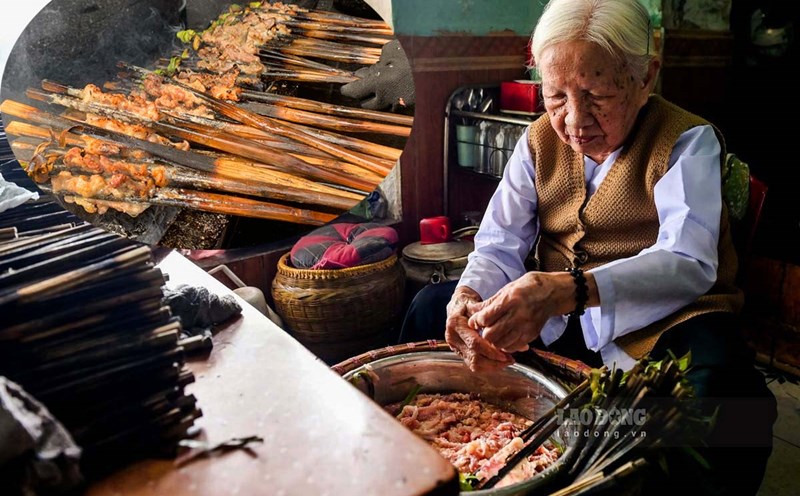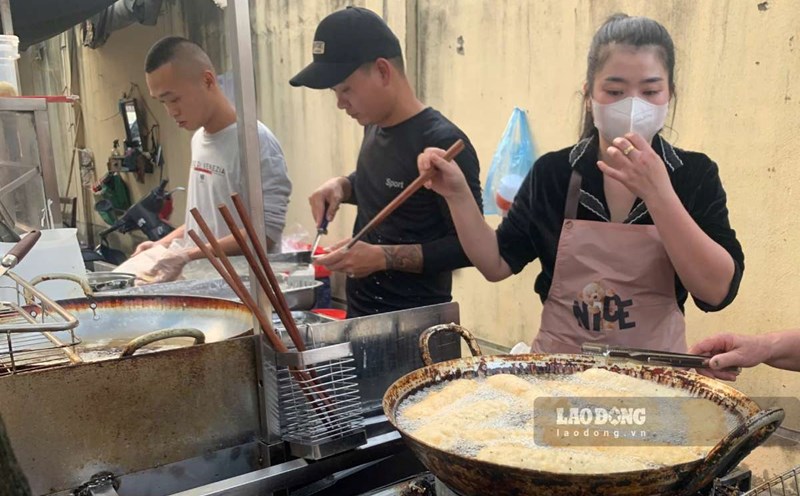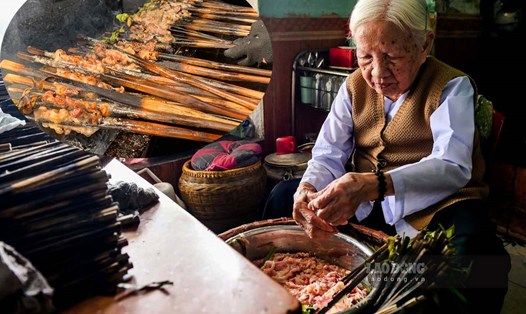Tran Temple
The first destination for tourists should explore in Nam Dinh on the occasion of the New Year is the cultural and cultural relic area of Tran Temple - Thap Pagoda (Nam Dinh City). Tran Temple is the place to worship the Tran kings and the officials who have merit the Tran dynasty, including Quoc Cong Che Hung Dao Dai Vuong Tran Quoc Tuan. The temple was built in 1695, including 3 main architectural works: Thien Truong Temple, Co Trach Temple and Trung Hoa Temple.
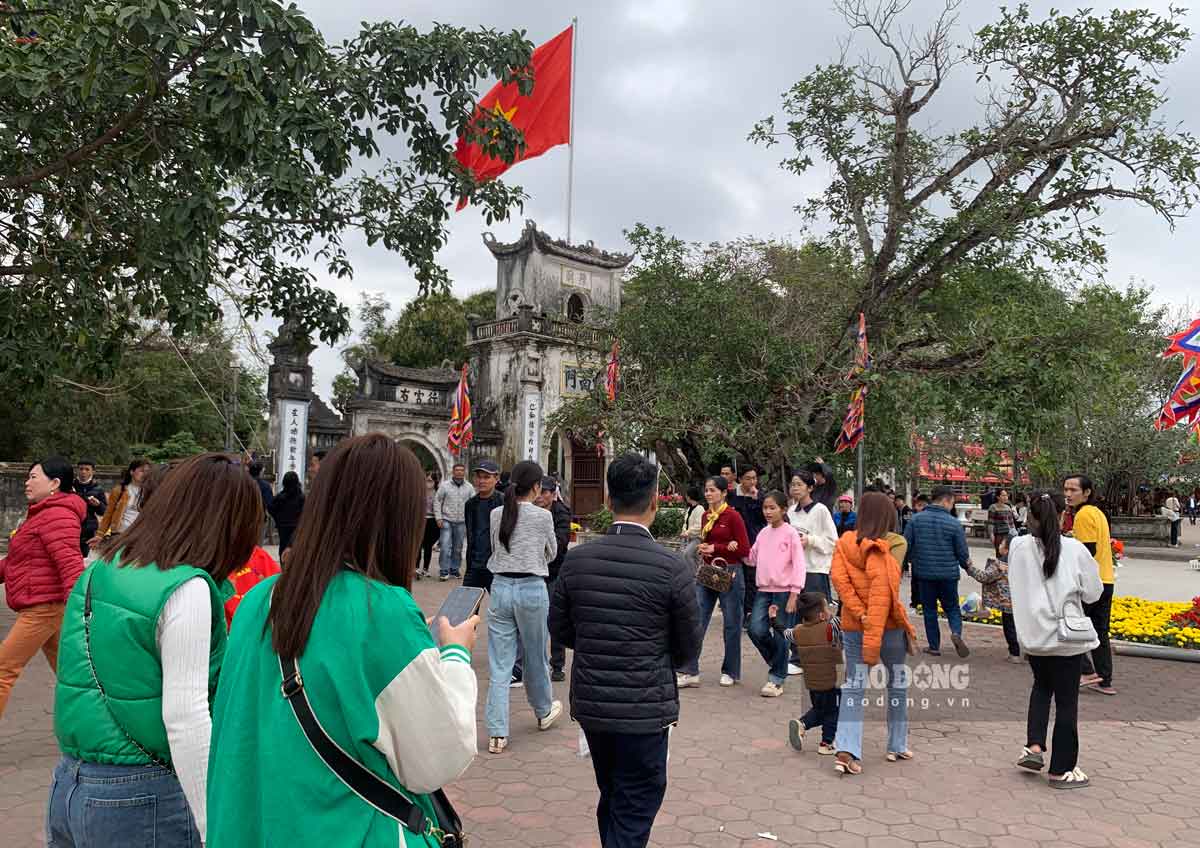
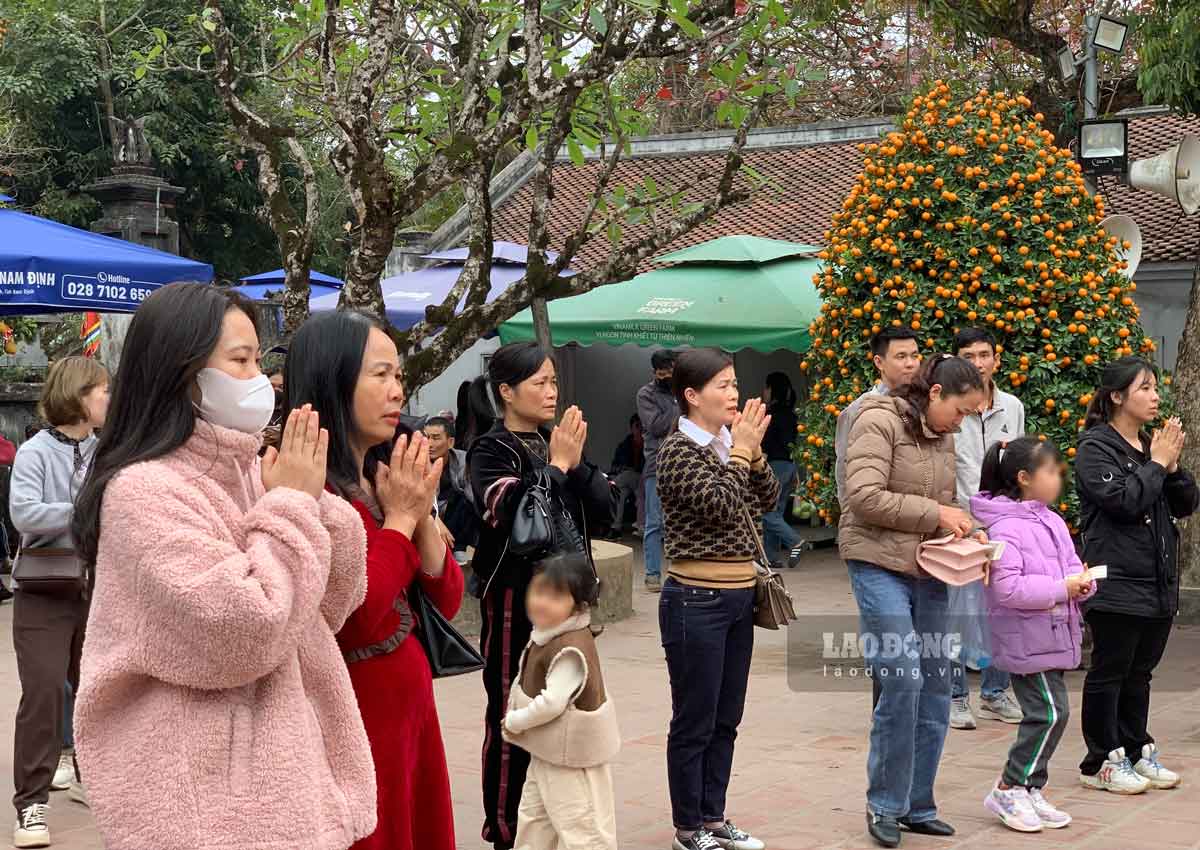
On the beginning of the year, Tran temple attracted a lot of people, tourists from all over the world to worship, ask for the beginning of the year and attend the Tran temple opening festival.
This year's Indian Festival will be held from 8 -13.2 (ie January 11 - 16 of the lunar calendar). According to the Organizing Committee, Tran Xuan At Ty Temple Indo Festival in 2025 will have many contents, including the solemn ceremony and the vibrant festival, bold traditional cultural identity.
The highlight is to organize the livestream of the opening ceremony through the outside installation screen, so that people cannot enter the ceremony area to be monitored.
This year, the Organizing Committee will seal the people and visitors from 5 am 12.2 (January 15), at 3 locations: Vu Tourism, Gallery and Trung Hoa Temple.
Thick
The thick cultural and historical relic area has more than 20 temples, governments, mausoleums ... mainly within Kim Thai commune and is the largest and most complete center of the pattern in the country.
The three main monuments of Phu Thick relics include: Phu Tien Huong, Phu Van Cat, Lang Thanh Mau Lieu Hanh; Located in the two villages of Tien Huong and Van Cat in Kim Thai commune (Vu Ban district), about 15km southwest of the center of Nam Dinh City. This is a relic of typical value of history, culture and art architecture that was ranked national in 1975.
In the past and now, Phu Thick is a big place that attracts tourists from many regions, especially in the early spring.
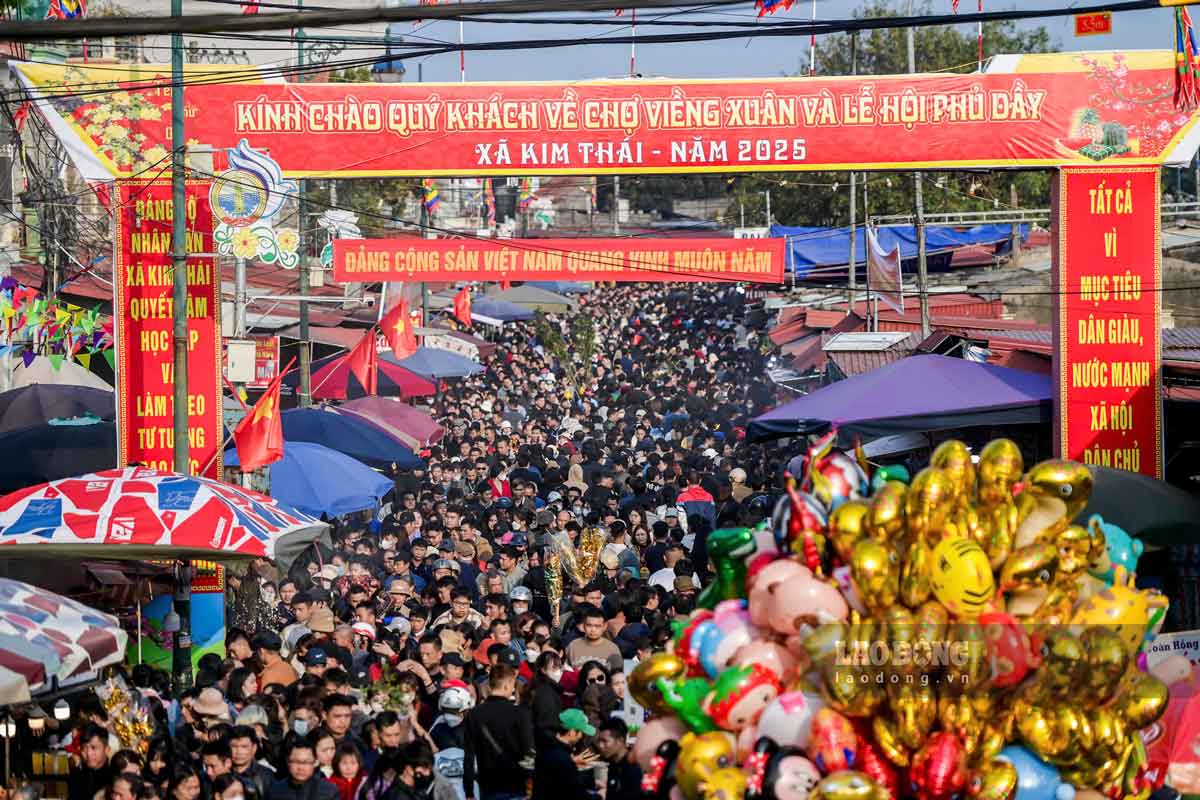
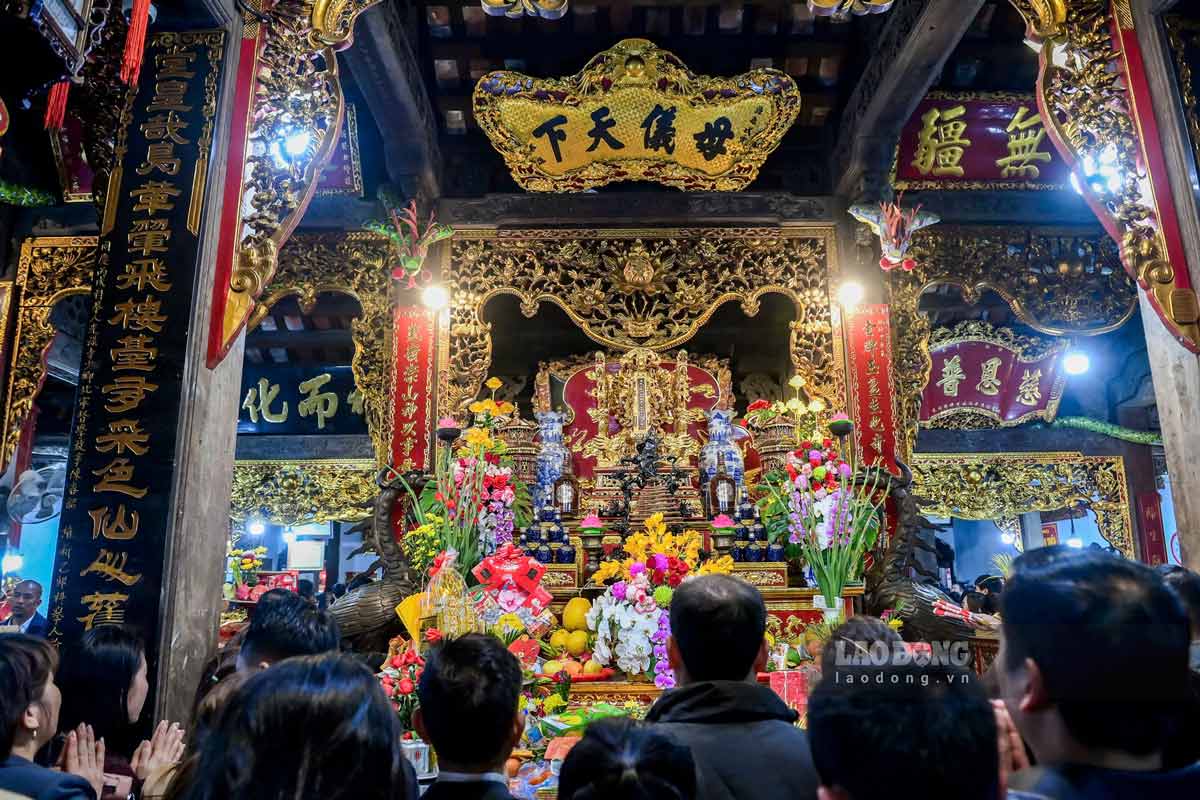
Phu Thick is also the place associated with Vieng market - Cau May market, only once a year on the 7th night of the 7th and early morning of January 8. The space for the activities of the Vieng Fair spreads from the town of Goi through Kim Thai commune to Trung Thanh commune.
Keo Hanh Thien Pagoda
The Architectural Architecture of Keo Hanh Thien Pagoda includes Keo Trong Pagoda (Than Quang Tu) and Keo Ngo Pagoda (Dinh Lan Tu) is one of the famous ancient temples of Nam Dinh province. Initially named Nghiem Quang pagoda, later changed to Than Quang pagoda.
According to the sources of folklore and folk legends, the construction of Nghiem Quang pagoda in 1061, the reign of King Ly Thanh Tong. By 1611, due to floods and pagodas were moved and rebuilt on the land of Hanh Thien village, Xuan Hong commune, Xuan Truong district, Nam Dinh province and was preserved to this day.
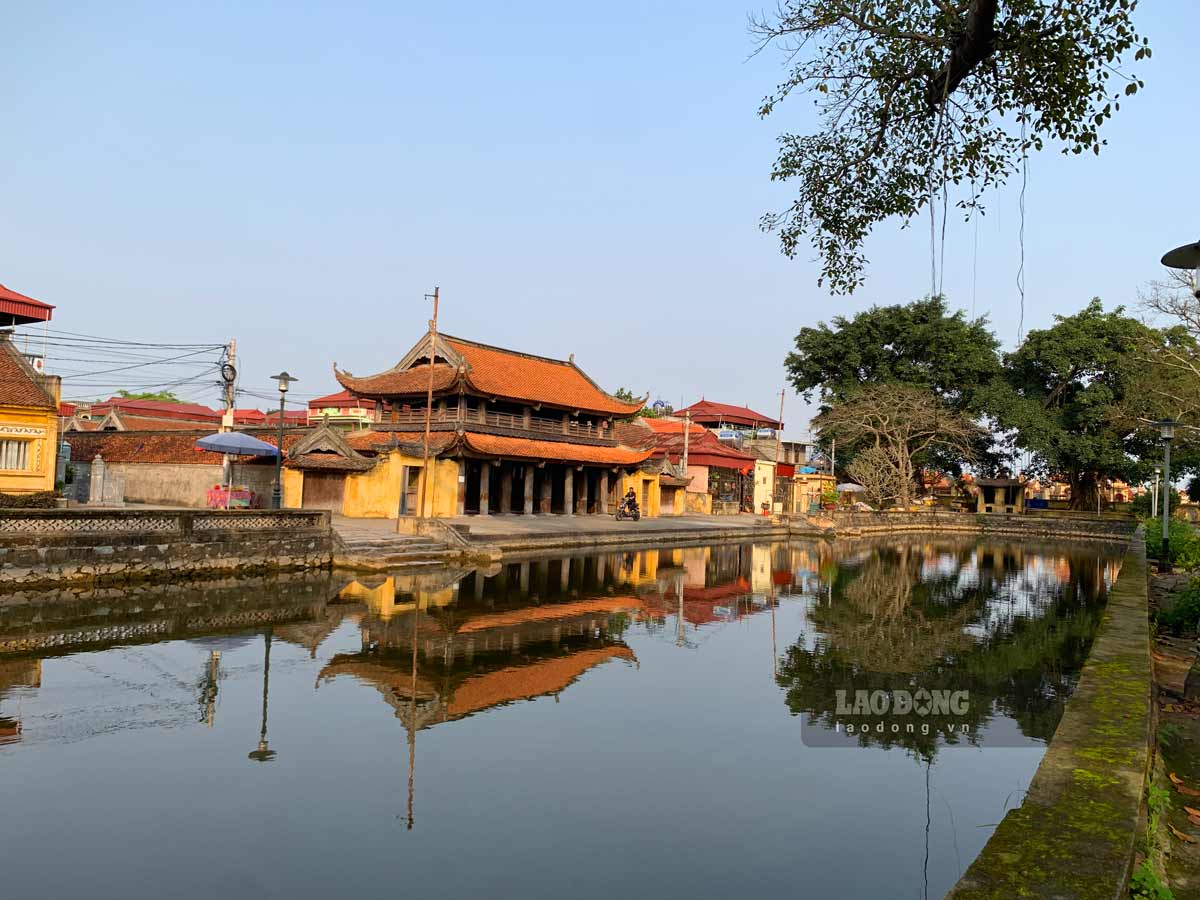
The pagoda is located on an area of more than 1ha, which is a complex complex of architectural units allocated in a certain order on a rectangular campus of "internal and foreign".
With special values, the architectural and artistic monument of Keo Hanh Thien Pagoda, ranked by the Prime Minister as a special national monument in 2016.
Ancient Pagoda
A famous temple that many people visit to the beginning of the year in Nam Dinh is Co Le pagoda (Co Le town, Truc Ninh district), "Than Quang Tu".
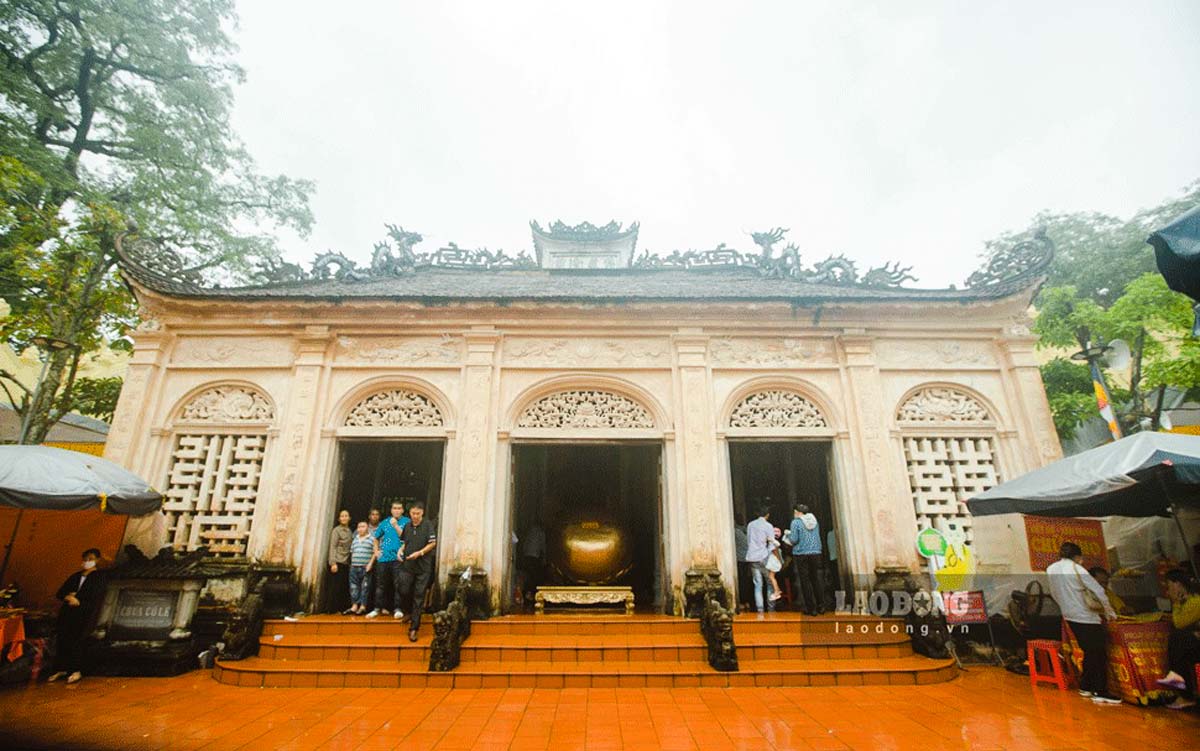
The pagoda was built in the Ly Than Ton period (the 12th century), worshiping Buddha and the Holy Patriarch Nguyen Minh Khong, on a square ground, nearly 10 Northern Models (36,000 m2), the charming landscape, there was Small river and surrounding lake.
In 1902, the first monk Pham Quang Tuyen restored the ancient temple according to the new architecture "the castle", with a large scale.


